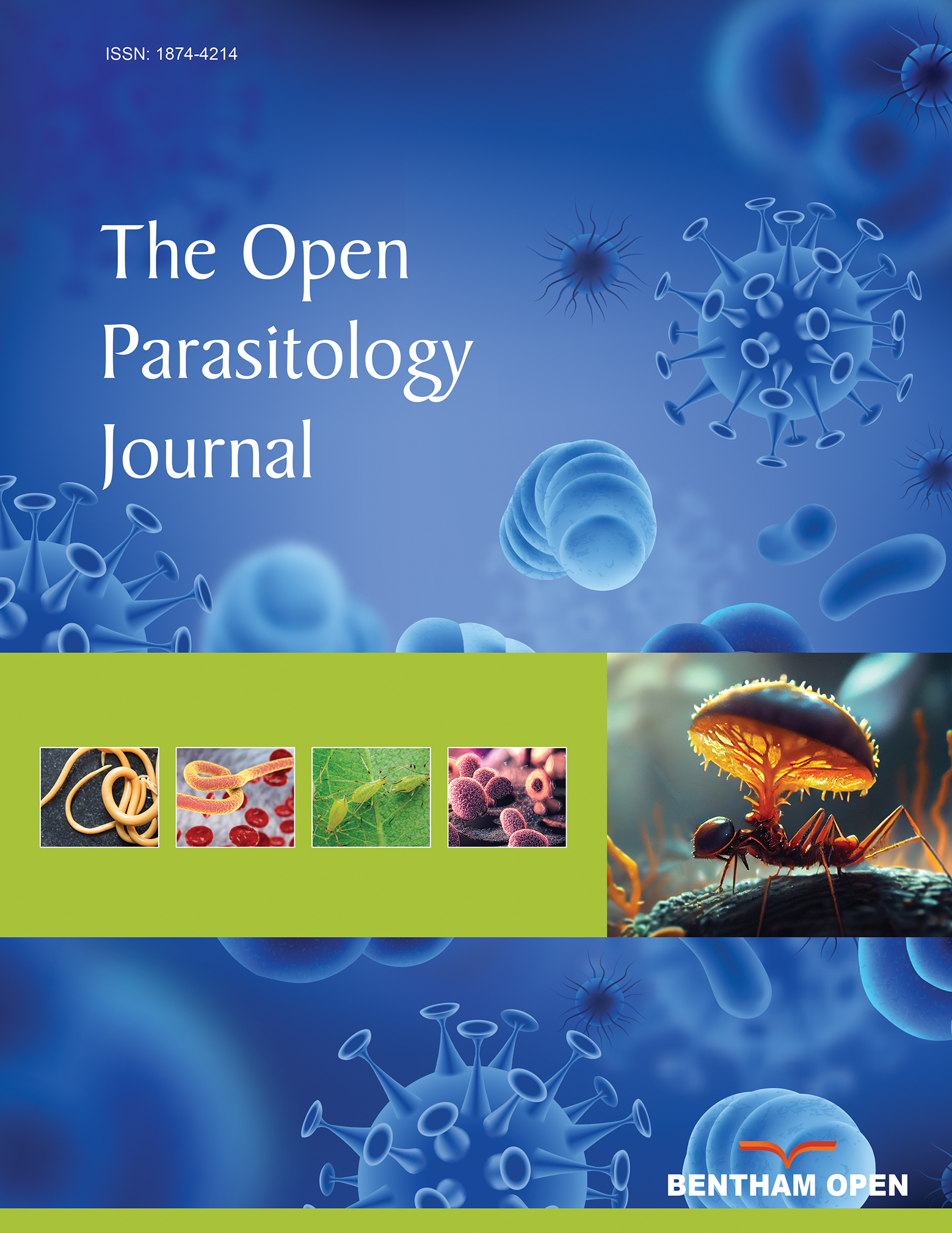Spatial Delimitation, Forecasting and Control of Japanese Encephalitis: India – A Case Study
Abstract
Japanese encephalitis (JE) is the leading cause of viral encephalitis through large parts of Asia with temperate and subtropical or tropical climate. In the present communication environmental determinants that influence the occurrence of JE have been enlisted, and based on which a conceptual frame for JE transmission was developed. The concept of endemic and epidemic has been defined using cluster analysis on JE occurrences in 175 districts over a period of 53 years in India. The average number (±standard deviation) of occurrences in endemic (7.4±3.5) and epidemic districts (3.4±2.9) was statistically significant (‘t’=8.3; P=0.000). In the epidemic areas, JE immunization of target population in the risk area may be an effective preventive measure. In the endemic areas regular monitoring of vector population and viral activity, and implementing appropriate integrated methods of vector control are likely to reduce the transmission, besides the selective immunization of children.


